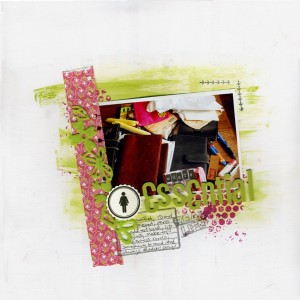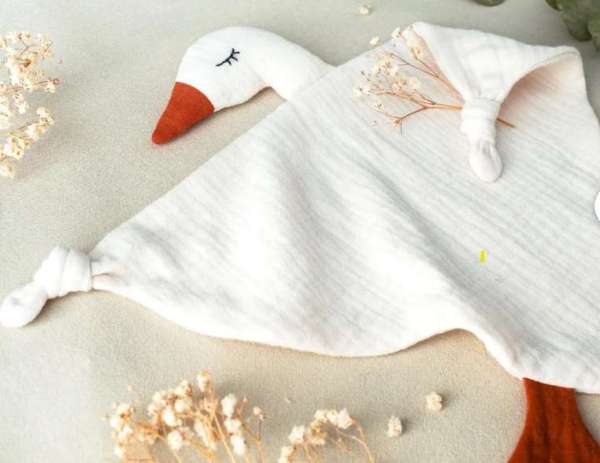
White space is also known as negative space, and is that part of a layout that isn’t “filled up” with elements. It doesn’t need to be white, just empty, but I chose to use white card stock for my background. White space is an effective design element because it allows the eyes to rest, and also helps to emphasize the elements that are there, thus pulling the viewer in.
You will need:
1 photo
12×12 Card stock
Patterned paper
felt or other trim
acrylic paint in two colours
journaling stamp
Phrase stamp
decorative stamp
circle label
letter stickers (small and large)
decorative border punch or scissors
Bubble wrap
1. Paint a roughly square shape in the center of the card stock. This doesn’t have to be precise, simple swipe the brush several times across the card stock
2. Brush some of the second colour of paint across a piece of bubble wrap and press into the top left and bottom right corners of the painted square
3. Stick photo approximately in center of painted area
4. Cut a strip of patterned paper about 1.5″ wide by 7″ long and tear a bit off each end. Use the punch or scissors to make a border along one long side. Add to left, slightly on top of photo
5. Stamp journaling spot to bottom left of photo, slightly on top of the paper strip
6. Add felt trim and circle label as shown
7. Add title with letter stickers
8. Stamp phrase stamp below title, overlapping journaling spot
9. Use decorative stamp to make a photo corner above the top right edge of photo
10. Add journaling and voila!
Note: This tutorial was originally posted on my tutorial blog Tuesday To-Do
